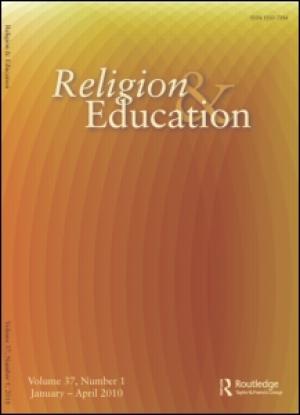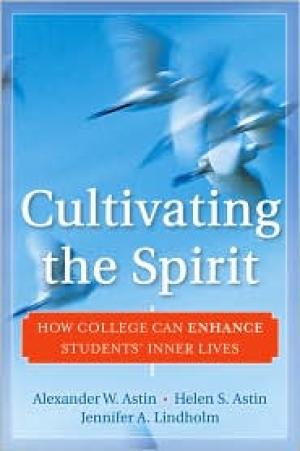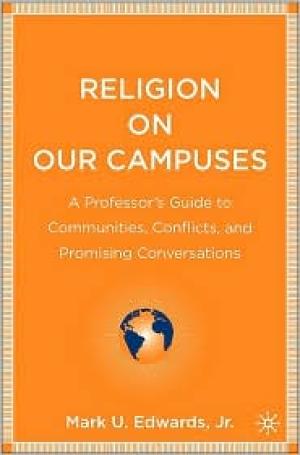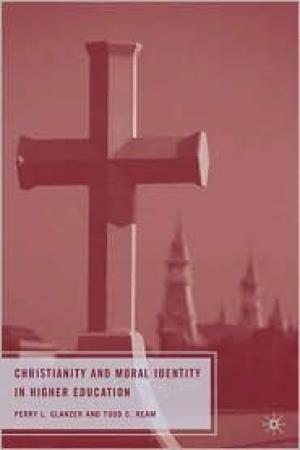Resources

Journal Issue.

Praise for Cultivating the Spirit A groundbreaking study of the spiritual growth of college students.... The spiritual dimension of higher education has been explored from a variety of angles for the past twenty years, but not until now have we had a competent and comprehensive body of data organized around well-defined dimensions of this complex phenomenon. This is an essential book for anyone in academia who cares about the education of the whole person. An extremely important book for layperson and professional alike. A stunning wake-up call for higher education—highly recommended! Cultivating the Spirit makes a unique and important contribution to one of the least examined yet most fundamental questions about undergraduate education: how students acquire the values and convictions that help to give meaning and purpose to their lives.... The authors provide a wealth of valuable findings about this vital process and its effects on student achievement, well-being, and personal growth in college. The fruit of a decade of elegantly designed and compelling research, Cultivating the Spirit provides timely and significant data for reorienting the conversation about the relationships among intellectual inquiry, traditional academic values, and the formation of the inner life. Informative, clearly written, essential, and evocative reading for today's faculty across all institutions—public and private, secular and religious. (From the Publisher)
Contemplative Pedagogy is a new and sometimes controversial pedagogical practice. Faculty often have basic questions about how to implement the pedagogy in their classrooms, in addition to questions that challenge the educational value and appropriateness of the practice. Assembled here are the most frequently asked questions about Contemplative Pedagogy, with responses from six contemplative professors, each from a different institutional and philosophical location. The respondents are founding members of the Contemplative Studies Consultation of the American Academy of Religion. The diversity of views expressed by the respondents invites the reader to see that there is no single theory or praxis of contemplative pedagogy.
An extended set of conversations conducted by three religious studies faculty teaching at large public universities in the Southern United States spurred these reflections on how their institutional locations inflected issues such as the cultural expectations students bring to the classroom, how these expectations interact with the evolving priorities of religious studies departments, and how these factors affect the balance among the various subfields of religious studies and theology that make up such departments.

In this provocative book Warren A. Nord argues that public schools and universities leave the vast majority of students religiously illiterate. Such education is not religiously neutral, a matter of constitutional importance; indeed, it borders on secular indoctrination when measured against the requirements of a good liberal education and the demands of critical thinking. Nord also argues that religious perspectives must be included in courses that address morality and those Big Questions that a good education cannot ignore. He outlines a variety of civic reasons for studying religion, and argues that the Establishment Clause doesn't just permit, but requires, taking religion seriously. While acknowledging the difficulty of taking religion seriously in schools and universities, Nord makes a cogent case for requiring both high school and undergraduate students to take a year long course in religious studies, and for discussing religion in any course that deals with religiously controversial material. The final chapters address how religion might best be addressed in history, literature, economics, and (perhaps most controversially) science courses. He also discusses Bible courses, and the relevance of religion to moral education and ethics courses. While his position will be taken by some as radical, he argues that he is advocating a "middle way" in our culture wars. Public schools and universities can neither promote religion nor ignore it. Does God Make a Difference? increases our understanding of a long and heated cultural conflict; it also proposes a solution to the problem that is philosophically sound and, in the long run, eminently practical. (From the Publisher)
In October 2008 The American Academy of Religion published the findings of an eighteen month study (conducted with funding from the Teagle Foundation) on “The Religious Studies Major in a Post–9/11World: New Challenges, New Opportunities.” Re-published here, this AAR-Teagle White Paper provides the opportunity for four respondents to raise issues and questions about the teaching of religion in their own institutional contexts. First, Jane Webster describes how the White Paper's “five characteristics of the religion major” find expression in her biblical literature course. Then James Buckley suggests some of the general level teaching issues provoked by the study and analyzes how well the White Paper aligns with how the teaching of religion is conceived in his Catholic university context. Tim Jensen draws comparisons between the White Paper and the higher education structures and goals from his university context in Denmark, raising questions about what motivates students to major in religious studies, the “utility” of a religious studies major, and whether students' religious and spiritual concerns ought to enter the classroom. And finally Stacey Floyd-Thomas finds surprising similarities between the state of the religion major and the various crises facing contemporary North American theological education.

Religion on Our Campuses: A Professor’s Guide to Communities, Conflicts, and Promising Conversations
What is the appropriate role of religion in scholarship and teaching? Covering topics ranging from religious influences in faculty lives to questions of academic freedom, proselytization, and appropriate limits to religious expression within the Academy, this book seeks to promote faculty self-awareness and encourage dialogue with colleagues. (From the Publisher)

Many scholarly visions of morality in higher education suggest that moral instruction should deal primarily with a person’s professional or political identity. In contrast, Glanzer and Ream argue that a more wholistic moral education takes place within a university committed to a tradition that can set forth a comprehensive ideal for the school and its students about human well-being. (From the Publisher)
Explores the correlation between religion and liberal education in the U.S. Influence of spiritual or religious practices on student learning; Effect of spirituality on liberal learning; Ways in which religious practices affect learning. INSET: MEASURES OF STUDENT ENGAGEMENT.